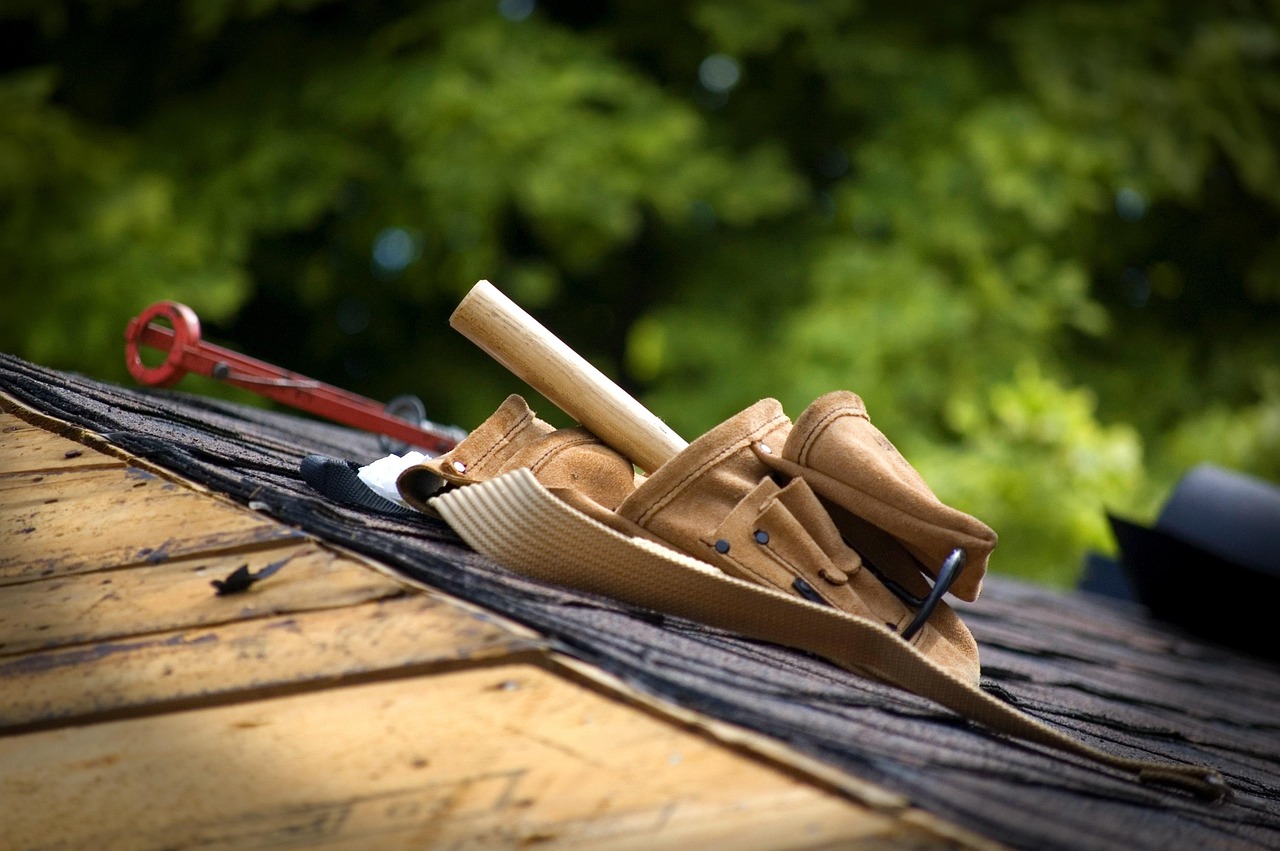Woodgrain aluminum siding offers a combination of durability and aesthetic appeal by mimicking the look of natural wood without the associated maintenance issues. It withstands extreme weather conditions, resists scratches, and does not absorb moisture, making it a reliable exterior choice.
This siding provides the classic warmth of wood grain while delivering the strength and low upkeep of aluminum, making it ideal for homeowners seeking both style and practicality. With a wide range of colors and finishes, it can complement various architectural designs and enhance curb appeal effortlessly.
Understanding Woodgrain Aluminum Siding
Woodgrain aluminum siding offers a blend of metal durability and the aesthetic appeal of natural wood. It uses advanced manufacturing to replicate wood textures and provides multiple finish and color options to fit various architectural styles.
What Is Woodgrain Aluminum Siding
Woodgrain aluminum siding is an exterior cladding material designed to mimic the look of real wood. It features a metal core coated with decorative embossing or printing that replicates wood grain patterns. This siding combines the durability and low maintenance of aluminum with the traditional wood appearance.
It resists moisture, pests, and weather damage unlike real wood, making it suitable for diverse climates. Its lightweight nature also allows easier installation on residential and commercial buildings. The balance of appearance and performance drives its demand in modern siding solutions.
Manufacturing Process
The production of woodgrain aluminum siding begins with heavy-duty aluminum panels. These panels are treated with a specialized polyester finish that provides weather resistance and color retention. The metal surface undergoes embossing where detailed wood grain textures are pressed into the aluminum.
Next, a wood grain pattern is either printed or embossed to closely resemble natural wood species. This process enhances depth and dimensionality, creating an authentic wood look. The finishing layers protect the siding from UV rays, corrosion, and physical wear.
Woodgrain Finishes and Colors
Woodgrain aluminum siding comes in a variety of finishes and colors to suit architectural preferences. Common options include matte, semi-gloss, and textured finishes that add realism to the woodgrain effect. Popular colors range from light beige and cedar tones to darker browns and rich wood hues.
Some products offer over 20 wood grain species patterns and 60 solid color options, allowing broad design flexibility. These finishes are engineered for long-term durability, maintaining their appearance despite exposure to sun, rain, or snow. Customers can also select from customizable color and finish combinations based on project needs.
Benefits and Applications of Woodgrain Aluminum Siding
Woodgrain aluminum siding offers a blend of visual appeal, practical benefits, and long-term performance. It stands out by combining the natural look of wood with the durability of metal, making it suitable across various building types and conditions.
Advantages Over Traditional Siding
Woodgrain aluminum siding replicates the texture and appearance of wood without the typical issues of rotting, warping, or insect damage. Unlike real wood, it resists moisture and does not require regular staining or sealing, which reduces upkeep significantly.
It is also lighter than many other siding materials, simplifying installation and reducing labor costs. Its durable polyester coating maintains color and finish over time, protecting against fading, chipping, and corrosion.
Compared to vinyl or fiber cement, it offers better fire resistance and is not as prone to cracking in extreme temperatures. The ability to customize in over 20 woodgrain species and numerous solid colors provides design flexibility.
Residential and Commercial Uses
Woodgrain aluminum siding works well for homes, offices, retail buildings, and industrial structures. For residential projects, it provides a warm, natural exterior that fits traditional or modern designs.
Commercial applications benefit from its low-maintenance nature and enhanced curb appeal, which can improve a building’s market value. It is commonly combined with materials like stone or masonry to create unique facades.
The siding’s available longboard format allows coverage of large wall areas efficiently, making it ideal for both new builds and renovations. Interior uses include soffits and feature walls where a wood look is desired without the drawbacks of real wood.
Maintenance and Longevity
Maintenance demands for woodgrain aluminum siding are minimal. Occasional cleaning with water and mild detergent is usually sufficient to remove dirt and prevent buildup.
The steel or aluminum panels come pre-coated with protective finishes that resist fading and weathering. Unlike wood, it is impervious to mold, mildew, and insect infestations.
Its lifespan often exceeds 40 years when properly installed and maintained, withstanding harsh weather including heavy rain, snow, and UV exposure. This longevity reduces replacement frequency, providing cost savings over time compared to traditional siding materials.






Leave a Reply